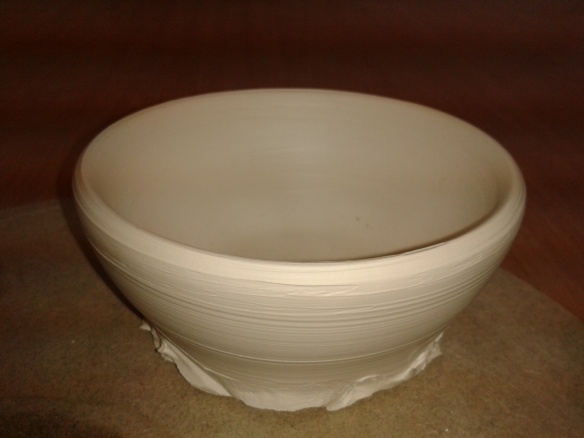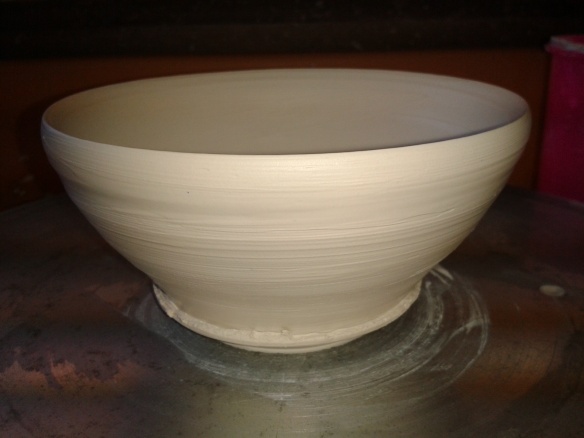“Simply put, wabi-sabi is the marriage of the Japanese word wabi, meaning humble, and sabi, which connotes beauty in the natural progression of time.” [1]
I remember learning about the Japanese concept of wabi-sabi during my A-level studies. My teacher at the time (Bridget McVey) explained that it is a word for which the individual must make their own definition – that if you were to ask, most Japanese citizens would not define the word. Her definition of the word was one of natural beauty. In relation to ceramics she expressed a ruggedness that allowed the materials used to speak for themselves: rough mark-making and imperfect cuts, glazes allowed to fire unpredictably. During this lesson we had a guest visit – the potter Nigel Cunningham, whose work could be described as wabi-sabi. Under his guidance we created slab-built vases and Japanese tea-bowls that were thrown on the wheel. (See links below for examples of Cunningham’s tea bowls and vases.)
The idea of wabi-sabi ties in well with my project as one of the main influences is nature and one possibility that I would like to portray through my work is noticing the small details of nature. This could be reflected by the way wabi-sabi acknowledges the beauty in the detail of imperfection. This style would also allow me to use fairly traditional forms thus providing an excellent base to work with.
http://nigelcunningham.com/wp-content/uploads/2012/09/P1010077.jpg
http://nigelcunningham.com/wp-content/uploads/2012/09/P1010094-e1348936225633.jpg
References:
1. Front inside Sleeve, Lawrence, R. 2004. The Wabi-Sabi house. New York: Clarkson Potter.


